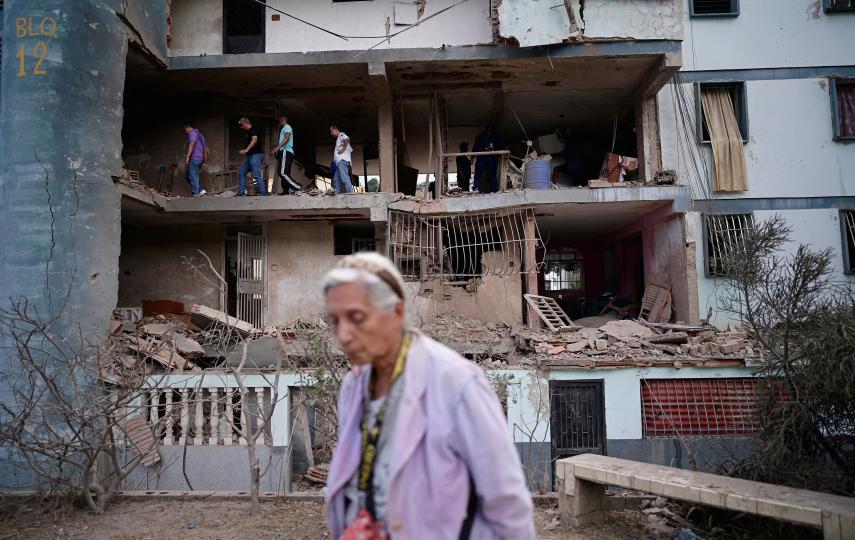JOHANNESBURG
Mozambique has established a body to monitor the effectiveness of government's poverty reduction programmes with the assistance of donors and the UN Development Programme (UNDP).
It is hoped that the "poverty observatory" will be able to point to ways in which government can improve its poverty reduction programme known as PARPA. The PARPA is similar to the Poverty Reduction Strategy Papers (PRSPs) that several countries in Southern Africa have developed and adopted in consultation with the World Bank.
Mozambique's PARPA was formally adopted in April 2001 by both the World Bank and the government.
"The observatory will collect and analyse data on poverty to track the [PARPA] plan's progress. UNDP is supporting the observatory at several levels, including strengthening the capacity of its technical secretariat and helping to monitor and evaluate how the poverty reduction plan is working in the provinces and local districts," UNDP said in a statement.
UNDP was also helping the government to incorporate the Millennium Development Goals (MDGs) into the strategy for implementing the poverty reduction plan, along with action on gender equality, mobilisation of information and communications technology for development (ICTD), the drive against HIV/AIDS, efforts to lessen the impact of natural disasters, and landmine clearance.
UNDP economic advisor Alexander Aboagye told IRIN on Tuesday that the "issue of gender is minimum there [in the PARPA] and HIV/AIDS was not highlighted much".
"Basically the observatory will look at the PARPA to sort of monitor and evaluate the performance and implementation of this programme. The observatory is made up of a number of groups which would help to provide a transparent and unbiased view of what is going on. It's intended to help government look at what has gone on and see the extent to which PARPA can be modified - it's an ongoing programme that needs regular review. The observatory will help government to correct 'errors of the past'," Aboagye added.
UNDP noted that although peace came more than a decade ago, and Mozambique had experienced a surge of economic growth, the country was still recovering from 20 years of war and devastating floods in 2000 and 2001, followed by drought.
"The HIV/AIDS epidemic poses a major threat, with 13 percent of adults living with the deadly virus. The country's first report on progress towards the MDGs, released last year, spells out the challenges: nearly 70 percent of Mozambique's 17 million people live below the poverty line, subsisting on less than 40 US cents a day," UNDP said.
Rural areas had the highest poverty rates. "Nearly nine in 10 people in centrally-located Sofala province are destitute, while in Maputo, the capital, the situation is somewhat better, with half the population in poverty," the UNDP added.
However, Aboagye noted that the statistics quoted were from 1997.
A new study by the national institute of statistics was expected soon, which would shed more light on living standards in Mozambique.
He noted also that the poverty measure used - US 40 cents - for the 1997 statistics was lower than the international standard poverty measure of US $1 per individual per day.
"If we did use the US $1 a day rate ... more people would be found to be poor," Aboagye said.
The observatory's secretariat would be based in the Ministry of Planning. "UNDP is putting some resources there to support the secretariat. There's a need to build capacity of people in the secretariat so they can better monitor the performance of the PARPA. Also, we will be able to help them identify areas of strategic intervention for government, where the impact will be maximum in terms of addressing poverty," he added.
The PARPA calls for reducing the poverty rate to 60 percent by 2005 and 50 percent by 2010. Priorities include support for education (only one child in five went to primary school in the late 1990s), boosting agricultural production and rural development, improving basic infrastructure, promoting good governance and upgrading financial and economic management.
One of the aims of the MDGs is to halve poverty levels by 2015.
This article was produced by IRIN News while it was part of the United Nations Office for the Coordination of Humanitarian Affairs. Please send queries on copyright or liability to the UN. For more information: https://shop.un.org/rights-permissions




